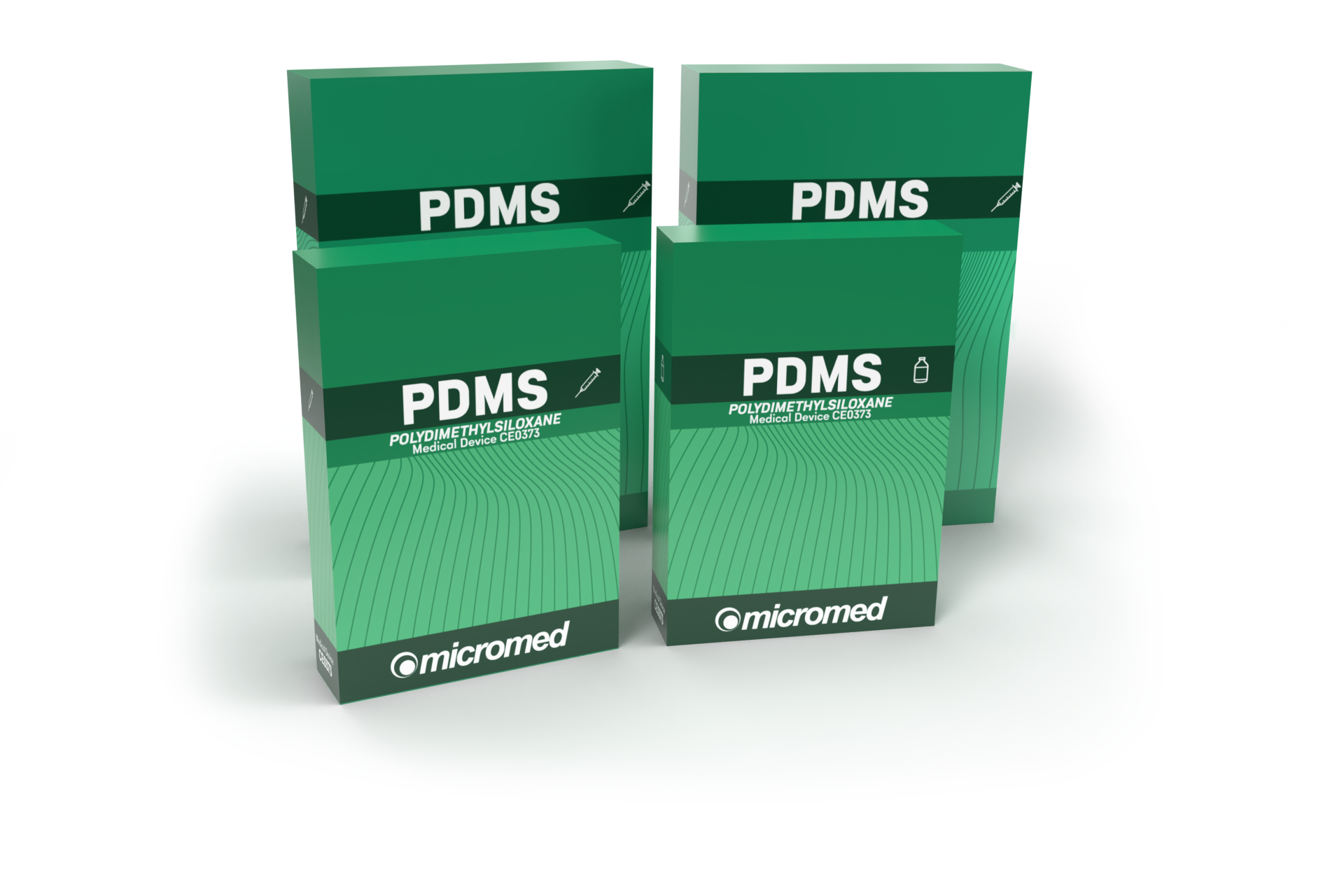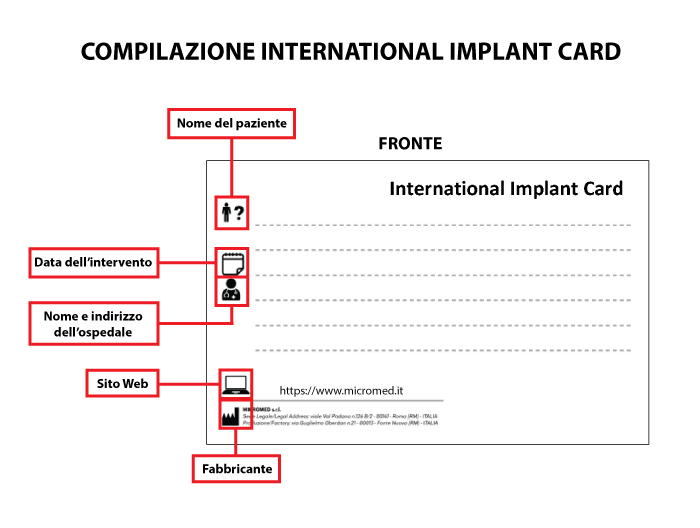PDMS
WARNINGS

General description of the device
Medical devices in the Silicone Oil family are on the market under different trade names: PDMS vial, PDMS glass syringe, PDMS refill syringe, PDMS dispenser syringe.
Devices in the PDMS family consist of 4 primary packaging types: glass vial, glass syringe, plastic syringe with dispenser, and plastic refill syringe.
Silicone oil is a long-term vitreous substitute injected into the vitreous chamber following vitreous removal in order to promote retinal adhesion.
Following the operation, the silicone oil is not absorbed and therefore remains in the eye for a variable time generally exceeding 30 days after which it is removed by surgery.
The device is contained in a tyvek bag along with accessories. The silicone oil contained in vial must be poured into an infusion system already supplied to the operating room, in the case of pre-filled syringes this is ready to use and can be equipped with an infusion system, as in the case of dispenser syringes.
The specific ways of using each configuration are given in the package insert.
Both silicone oil and accessories are supplied sterile in all 4 configurations. All medical devices have, however, the same indication of use, the same principle of operation, are used for the same purposes.
The choice in using one viscosity and/or configuration over another is part of the clinical experience and preference of the surgeon performing the operation.
Directions for use.
Silicone oil is a high-viscosity fluid intended to replace vitreous humor in vitrectomy surgeries.
Removal of the vitreous body is necessary in many situations.
Silicone oil is not absorbed locally, so after about 3-6 months, removal of silicone oil by subsequent surgery is necessary.
The device should only be used in sterile field by professionals.
Contraindications
The contraindications listed in this document are the same as those included within the package insert.
- Contact with corneal endothelium is dangerous: take appropriate precautions so that this is absolutely avoided
- Do not inject silicone oil into the sub-retinal space as it causes side effects such as cataracts and glaucoma
- All types of PDMS exhibit, when injected into the eye, a tendency to form an emulsion with the aqueous humor present intraocularly.
The medical device should only be used by a trained retinal vitreous surgeon in a sterile field.
WARNINGS
The device is used in the context of surgical operations. As such, vitreoretinal surgeries can lead to postoperative complications reported in the package insert.
It is the responsibility of the surgeon to properly inform the patient of the risks-benefits of the operation.
- Do not use the device for uses other than those indicated.
- The medical device is sterile and disposable, use only in sterile field.
- Do not use the product after the expiration date.
- Make sure the packaging is intact: sterility is guaranteed if the packaging is intact. Do not use the device if the packaging is damaged.
- Do not re-sterilize accessories. Re-sterilization could lead to material degradation processes.
- The contained accessories are sterile and disposable. Reuse of accessories can lead to bacterial contamination events, with serious consequences for the patient.
- Check the efficiency of each component of the infusion system (fittings, tubing) and the pressure source before the start of the procedure, the value of which should correspond to the specifications of the equipment itself.
- Use the product immediately after opening it
- The maximum allowable pressure for infusion operations of viscous liquids is 5atm (70psi); during infusion, do not exceed this value to avoid incurring failure and/or rupture along the infusion line
- During infusion, control of intraocular pressure is essential
- Take great care not to inject silicone oil into the sub-retinal space.
In addition in order to avoid serious adverse effects, it is the responsibility of the physician specializing in vitreoretinal surgery:
- Inform the patient about behaviors to avoid after surgery;
- Fill out and give the implantable card to the patient.

